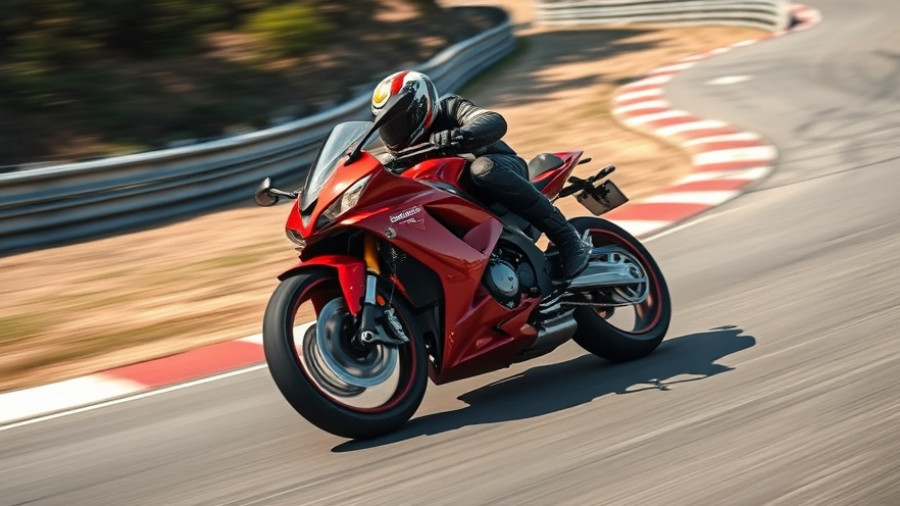
The New Era for Ford: A Symbolic Move into the Future
Ford Motor Company's decision to relocate its headquarters marks a pivotal moment, not just for the automaker but for its hometown of Dearborn, Michigan. As it prepares to move from the iconic Glass House, which has been a communal symbol of innovation and legacy since 1956, Ford is stepping into a modern world designed to foster collaboration and creativity.
From Glass House to a State-of-the-Art Campus
The upcoming Ford World Headquarters, set to open in November, will sprawl across 2.1 million square feet and aims to bring together over 14,000 employees within a short 15-minute walk from the main building. This fresh layout is anticipated to stimulate innovation and teamwork, an essential factor as the automotive industry undergoes rapid transformation towards electrification and technological advancements.
Honoring Tradition while Embracing Change
While the move signifies a shift, it does not sever ties with history. The new headquarters will be established on the site of the former Product Development Center, where groundbreaking vehicles like the Mustang first emerged. Ford's deep-rooted connection to Dearborn is reinforced by this decision; Bill Ford mentioned that it is about attracting the best talent, which requires not just interesting problems to solve, but also an inspiring environment to work in.
What It Means for Employees and the Community
The relocation means various benefits for employees: quicker decision-making pathways and improved work-life dynamics courtesy of wellness rooms, mothers’ spaces, and extensive meeting facilities. For local fans and residents, the transformation reflects a new chapter that respects the company's storied past while adapting to contemporary needs.
Insights into the Broader Automotive Landscape
Ford’s move echoes a trend seen across the automotive industry, with competitors like General Motors also transitioning to new headquarters. This shift underlines a commitment to innovate in an industry that is increasingly integrating software solutions and exploring electric vehicles as the new norm in personal and mass transportation.
Future Predictions: A New Center for Automotive Innovation
The substantial investment in the new headquarters is a clear signal of Ford’s strategy to remain competitive in what is arguably the biggest automobile industry in the world. As technology evolves, companies that focus on collaboration and rapid development stand a better chance of thriving against emerging automakers and tech giants that are entering the automotive space.
Final Thoughts: A Move full of Potential
As the Ford team gears up for a phased transition into their cutting-edge facility, anticipation builds around the opportunities that lie ahead for employees and the company as a whole. With this headquarters built for the next century, Ford is not only affirming its commitment to the electric future but is also reinforcing the importance of its historical roots. The Blue Oval emblem will continue to stand proudly in Dearborn, a beacon for the future of automotive engineering.
 Add Row
Add Row  Add
Add 




Write A Comment